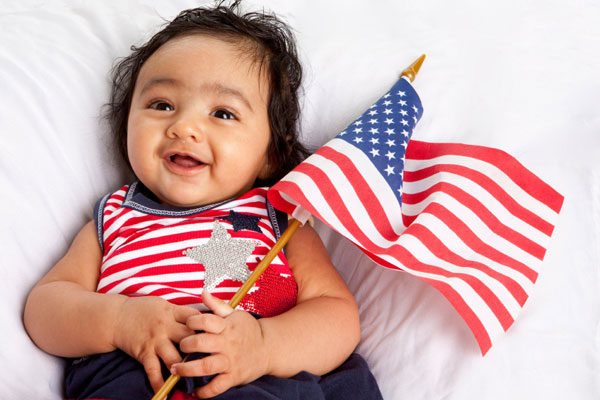![herbs in window garden]()
Pot practical
If you are growing your garden on a patio or large balcony, almost any type of container that will fit in your space can be used — oak barrels, plastic tubs, pots, metal drums or wooden boxes for your ground crops. Hanging baskets, trellises and railings also offer support for vine produce, like tomatoes and beans. If you have a toddler, take into account whether or not he can reach the containers you choose. A windowsill garden may be your best option.
Kid-friendly gardening projects >>
Water frequently
Water is essential to any type of garden, but especially so with container gardens where root systems are restricted and crops are exposed to full sun. However, be cautious not to drown your precious produce. "Most container gardening suffers from over-watering," advises Shelley Sparks, landscape architect, Harmony Gardens. "If you don't have a water meter, use your finger to test the soil. If the soil is moist finger level down, don't water."
Leave room for drainage
Regardless of your container, your garden will need sufficient drainage to avoid drowning and exposing your fruits and vegetables to disease. Before you begin, drill drain holes into the sides of your container, about a half of an inch from the bottom, or add a layer of pebbles before you fill with soil. Then, give your containers a lift with bricks to get them off the surface and to improve drainage.
Nourish your crops regularly
Proper fertilization is a must when it comes to container gardens, unlike traditional crops where nutrients aren't washed away as quickly. Look for water-mixed fertilizers for ease of use and dilute to half the recommended strength. Then, give your produce a good sprinkling twice a week for a well-nourished harvest. However, this is a task probably best suited for Mom and Dad.
Go for a no-dig garden
Layering compost in a container garden is an organic option for growing your own produce without a yard. According to no-dig-vegetablegarden.com, lay down newspaper topped with layers of hay and fertilizer, ending with a layer of compost and topped with mulch to slow down water evaporation. Simply stick to the same rules for containing, watering and fertilizing your fruits and vegetables for a no-soil option for gardening. It's also an opportunity to teach your kids about composting.
Mom's guide to gardening with toddlers and preschoolers >>
Don't worry if you haven't mastered the art of growing your own garden in the past. You may find that growing a garden without a yard is more fruitful. "You can have even more success gardening in pots than planting in the ground because they are mobile and let you rotate orientation and location," suggests gardening enthusiast and writer Carol Gilbert, carolgilbert.biz.
"Make it easy on yourself by planting in fairly large pots with saucers and placing them on rolling dollies." That way, produce such as cabbage and beets that do fine with light shade can be accommodated as easily as fruit-bearing plants, like tomatoes and green beans which require six to eight hours of direct sunlight each day.
The best part about container gardens? Learning how to grow your own produce will also add eco-friendly décor to your patio, balcony or windowsill while you and your family enjoy the fruits of your labor!
More about gardening with kids
Green thumbs in training
Gardening with your kids: Planting the seed
How to create a winter garden with kids
Parenting - kids image map
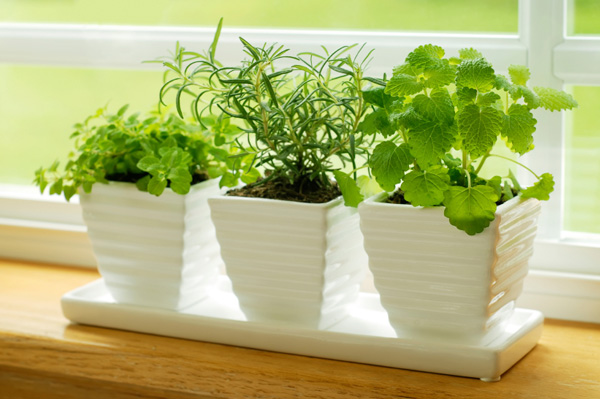
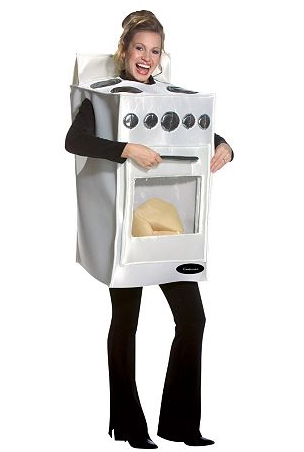


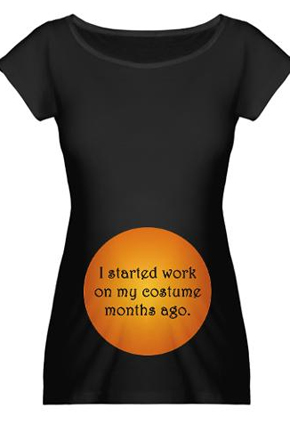
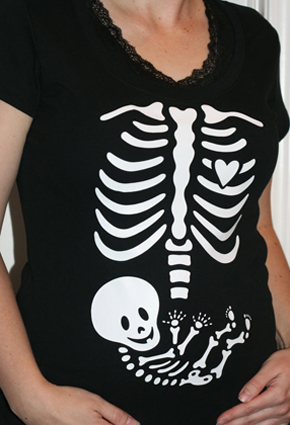













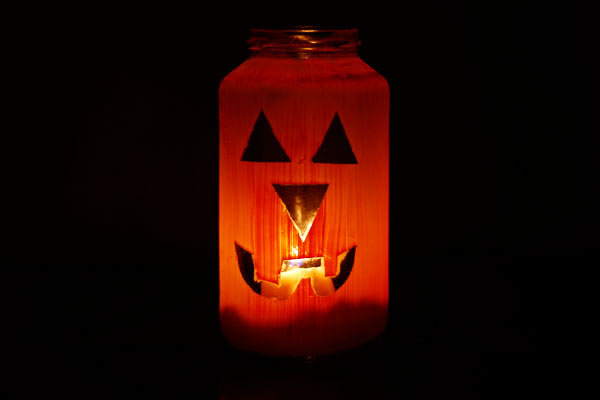
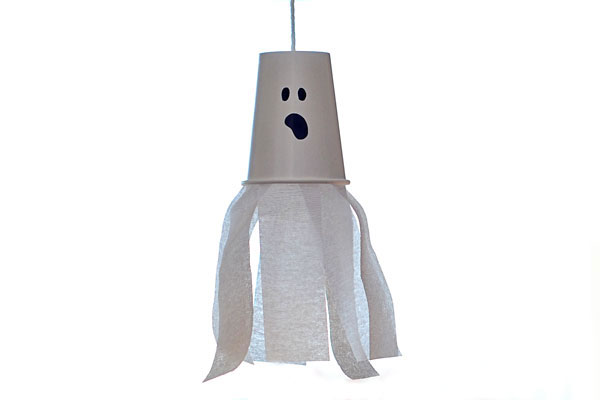



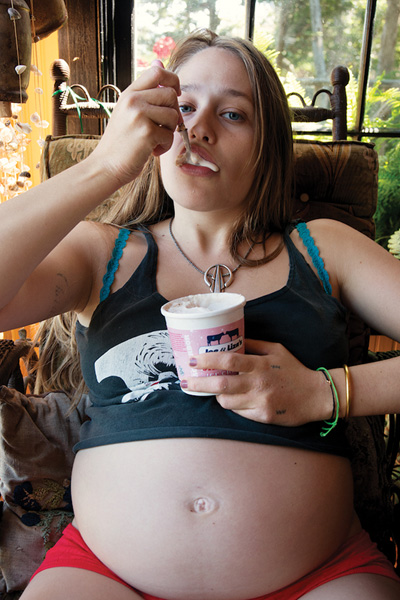
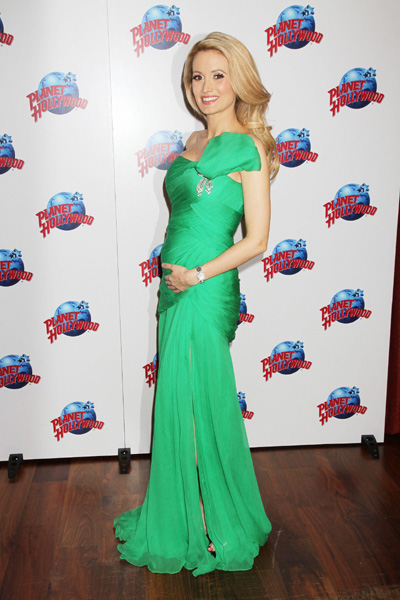


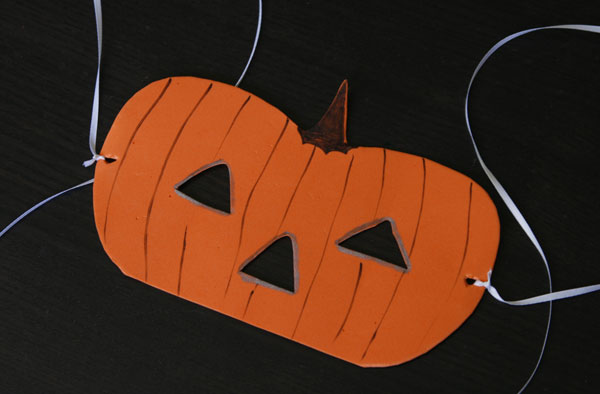
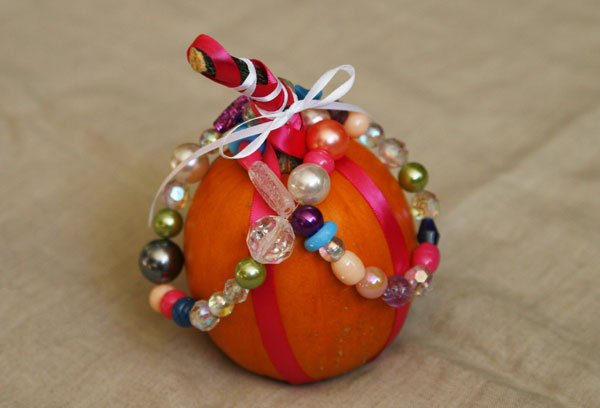

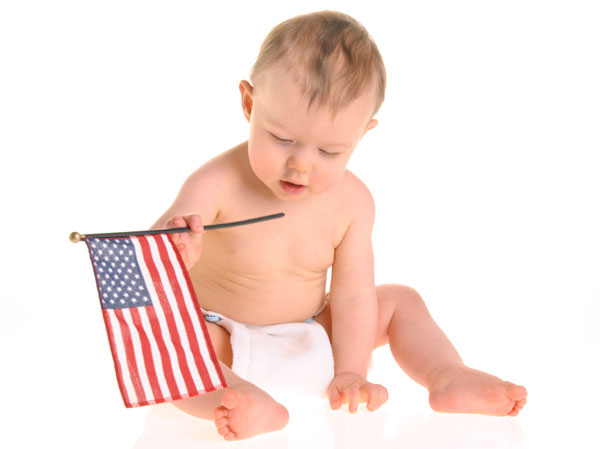








 Display in colorful frames
Display in colorful frames


